Introduction to Building Conservation Week
Through a series of lectures and site visits over five days, explore the conservation of the Scottish built environment and traditional building skills.
Dates
Monday 2 - Friday 6 June 2025
Cost
Full week:
£495
Per day (pick your day/s):
£110
Buy an early bird ticket for £475 until 31 March 2025. 10% discount for Historic Scotland members
Book tickets
Sold out for 2025
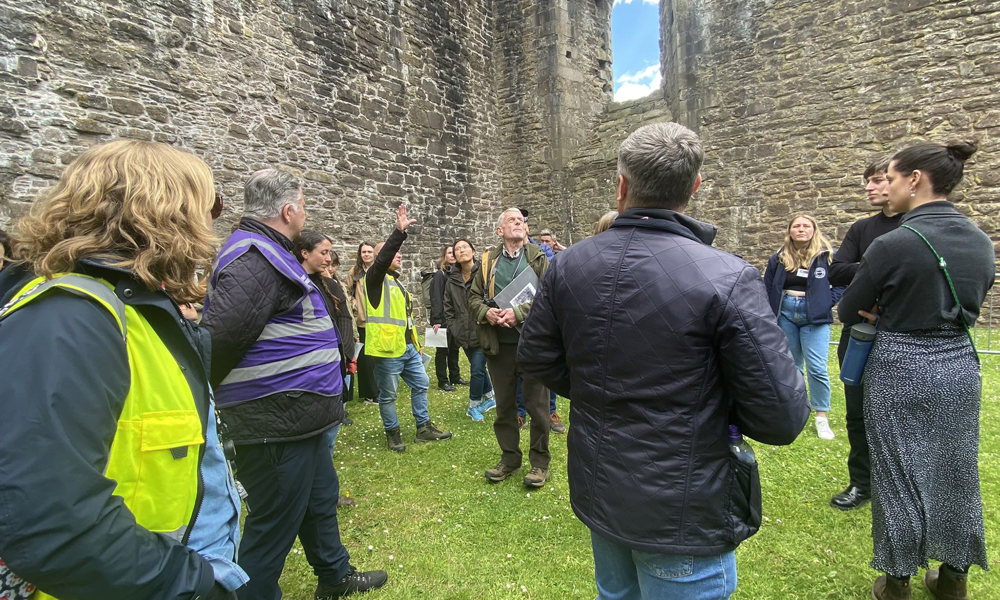
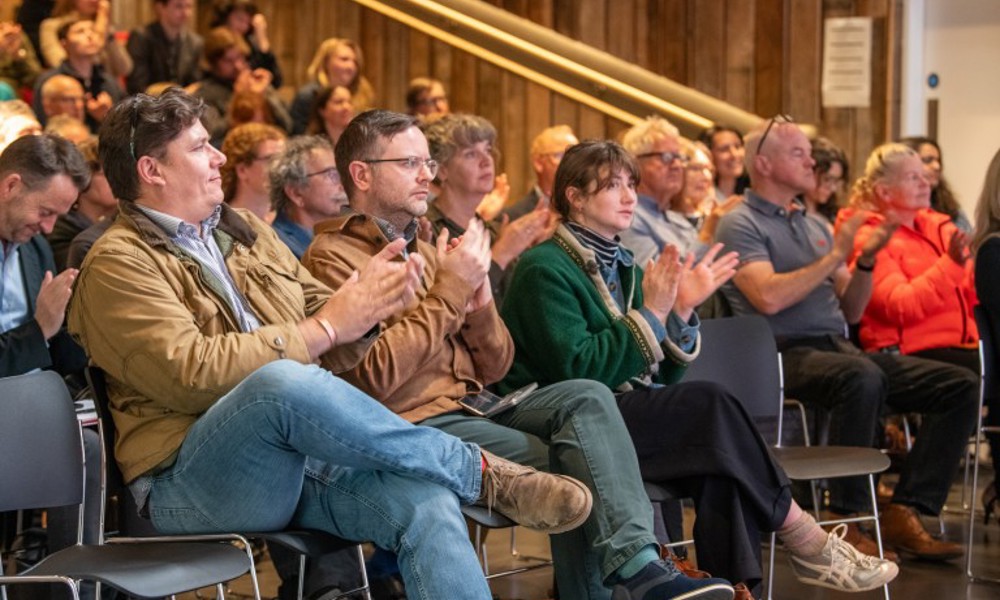
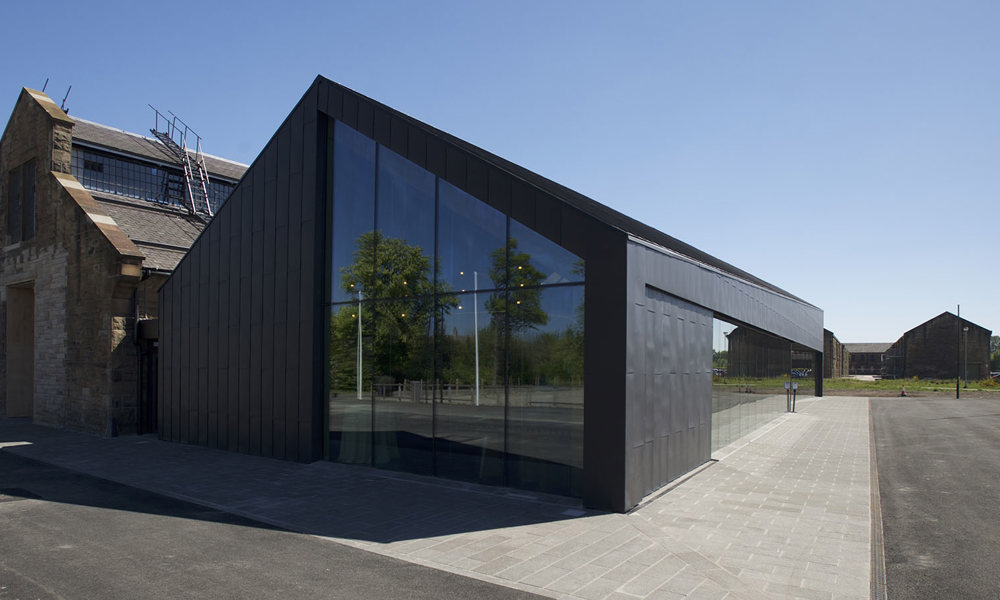
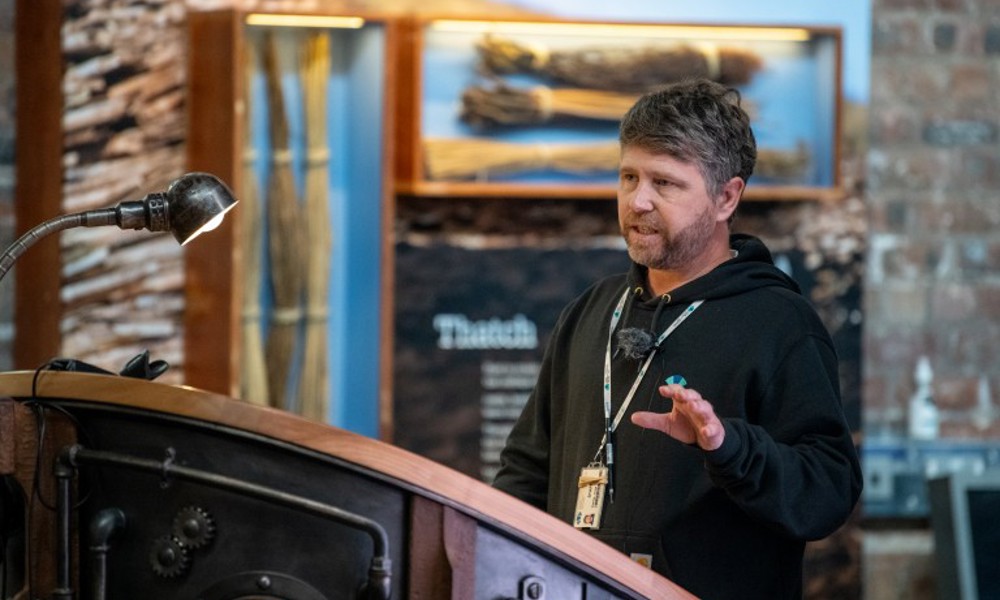
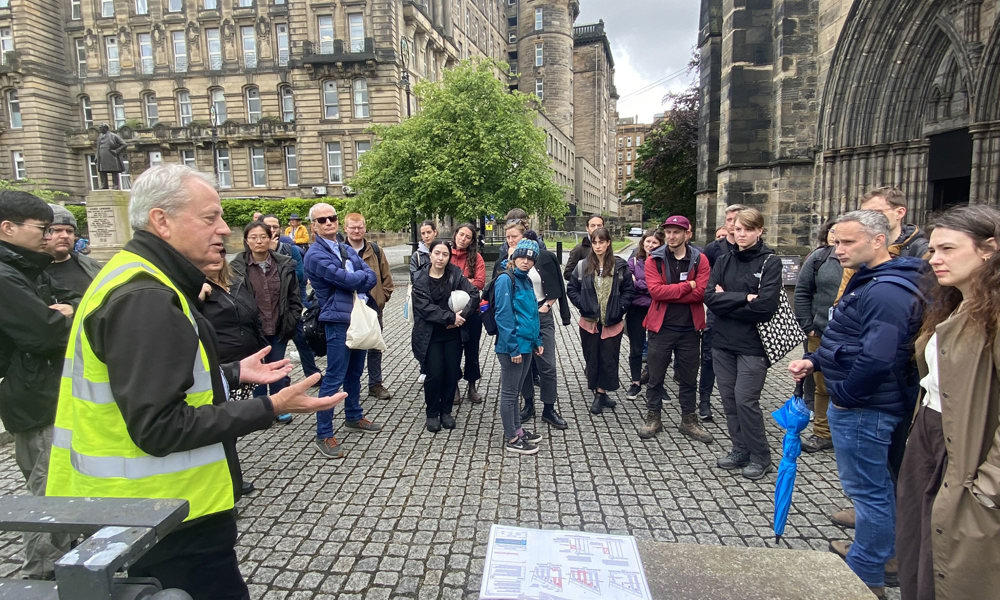
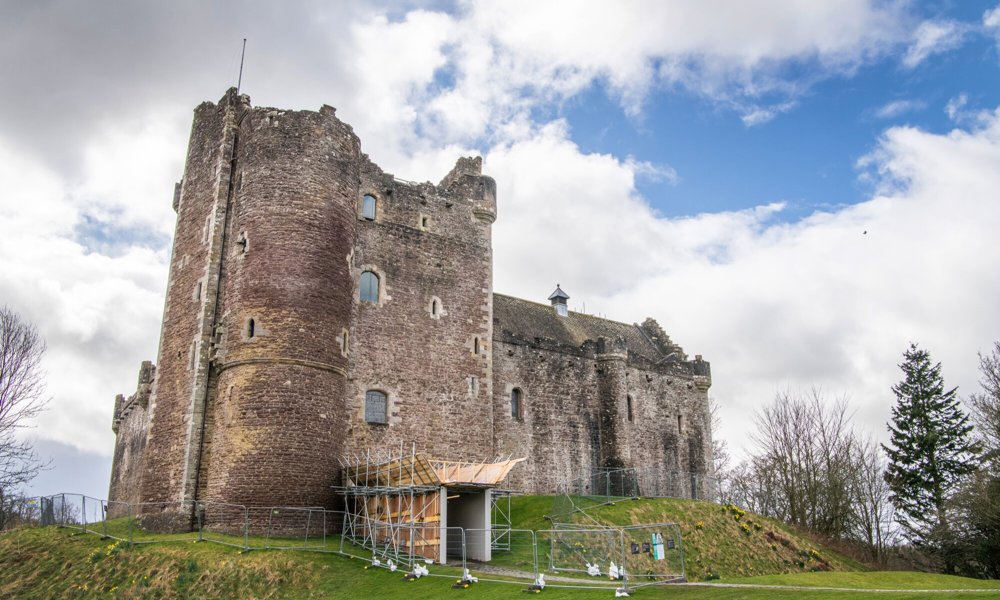
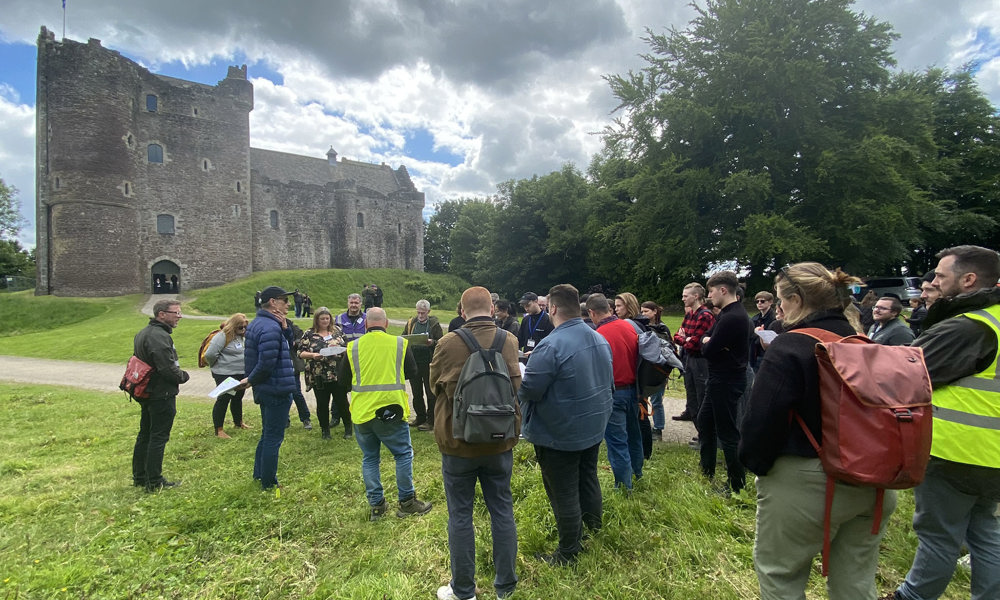
Our Building Conservation Week is now sold out for 2025.
Join us for a 5-day intensive course delivered by Historic Environment Scotland conservation professionals at the Engine Shed in Stirling.
Through a series of lectures, activities and site visits, this series of informative and enjoyable days will explore the traditional building skills and materials used in conservation and repair projects throughout the Scottish built environment.
Highlights
- explore the best approaches to conserving/repairing traditional buildings
- discover how and why Scotland was built from stone, lime, slate and lead
- see pioneering conservation projects first-hand on guided field trips including expert-led curated tours of Stirling Old Town, Doune Castle, Glasgow Cathedral and Glasgow Necropolis
- enjoy over a dozen lectures from leading experts on traditional skills
- discover the effects of climate change on our heritage
- learn what it takes to maintain Scotland's ancient and historic castles
Funded places
Bursaries may be available to those who have completed their third year of study or are a recent graduate of a building related subject such as architecture, surveying, engineering or planning, and/or those who can demonstrate a passion to develop a career in conservation.
To apply, please send your CV and a covering letter stating why you'd like to do this course and what you hope to gain by attending by 9am Tuesday 8 April 2025 to technicaleducation@hes.scot
We will contact successful applicants by Friday 16 May 2025.
Daily programme of events
Discover the programme of lectures, activities and site visits.
Who should attend?
- graduates, heritage professionals and building practitioners from all disciplines interested in developing their knowledge and practice in traditional buildings
- anyone responsible for a traditional building or with an interest in the broader aspects of building conservation in Scotland


